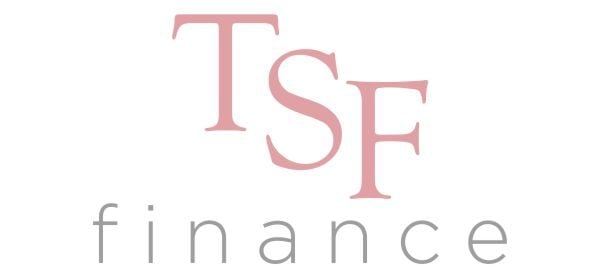After a couple of years that have brought unprecedented challenges for SMEs, many businesses are looking at how they are going to be able to successfully recover and grow in 2022.
gggggOf course, the pandemic has had all sorts of negative knock-on effects, and the rising of costs is not least among them. There are several different areas in which this is becoming a particular issue, including the price of raw materials, the rise in energy bills and inflation, and the jump in the cost of raw materials. Some industries have inevitably been more affected than others, including construction and hospitality.
.png?width=418&height=314&name=PH%20-%20Emailblog%20images%20(11).png) Many businesses are now calling for more support to ensure that they are able to meet this avalanche of challenges head-on. Of course, they are also looking closely at the range of financial options that are available to them – particularly those which are more flexible and creative in approach. So, let’s start by looking closer at the scale of the current problem before zeroing in on the need for resilience that is so badly needed.
Many businesses are now calling for more support to ensure that they are able to meet this avalanche of challenges head-on. Of course, they are also looking closely at the range of financial options that are available to them – particularly those which are more flexible and creative in approach. So, let’s start by looking closer at the scale of the current problem before zeroing in on the need for resilience that is so badly needed.
The Scale of the Problem
Focusing on the cost of raw materials specifically, it has been reported by a quarter of SMEs that costs have almost doubled in the past six months alone. This is an incredible figure and one that illustrates just how fast this situation is moving. Businesses with limited financial reserves are inevitably going to feel the squeeze first, and if they are not able to react to it, they could well be facing serious problems sooner rather than later.
The rise in costs mentioned appears to be being absorbed by SMEs in a significant way, with only a fifth of them passing on the price increases to their customers. Of course, this is not a sustainable model, and it seems to be inevitable that consumers are going to be expected to pay more in the coming years. A careful look at the overall pricing strategy is something that many SME owners are sitting down to look at in a much higher level of detail.
Turning our attention to the preparations that are already being made, it is reported that around three-quarters of SMEs are anticipating that higher prices are going to continue until the end of 2022. Of course, many of these will be thinking that these are not coming down anytime soon.
These higher prices also come in the form of wage increases as staff recruitment and retention continues to pose all sorts of challenges.
‘Keep Calm and Carry On’
Of course, many business owners are a naturally resilient sort, but many are hoping for a significant bounce back in the coming year to ensure that they are able to meet the challenges that are on the horizon and already in focus. Many of these are becoming more predictable as the world continues to manage the pandemic.
As a direct result of what is going on, around a third of SMEs have already taken out loans or are making use of finance facilities to ensure that they are able to deal with increased business costs. It is obviously a prudent approach to ensure that this is done sooner rather than later.
One of the main reasons why so many companies have chosen not to pass on higher costs directly to their customers and consumers is based on the fact that they are taking a long-term view and planning on preserving relationships in the future. However, there is a limit to how long this can be continued, and the need to put your business on a firm financial footing is more pressing now than it ever was before. Companies need to be doing something about this now.
TSF is an independent, commercial finance brokerage focused on the SME market. Having worked with businesses in a wide range of different industries and at alternative stages in their lifecycle, the experience of the firm and the personalised level of service offered ensures that the team can help SMEs in a number of industries.
If you’re feeling the squeeze from rising costs, TSF Finance can work with you to source experienced lenders with a range of financial products and services to suit each individual SME.











